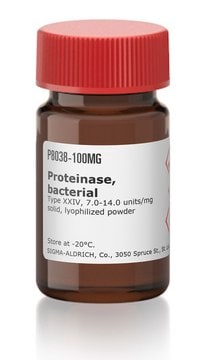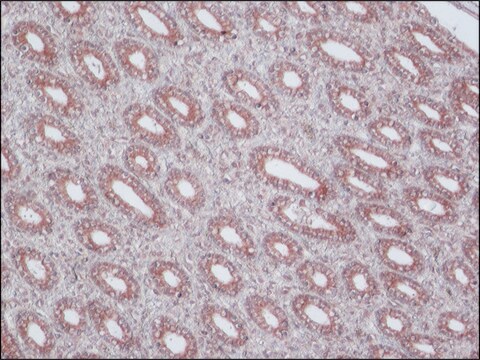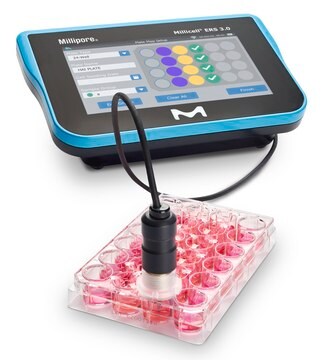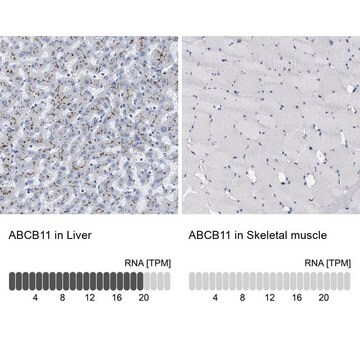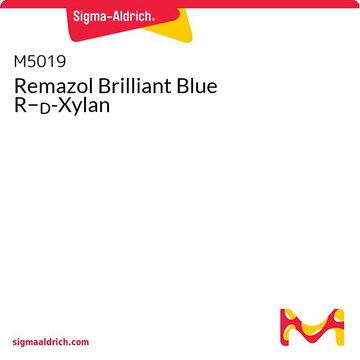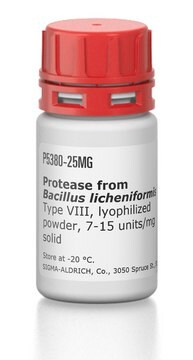M7317
Monoclonal Anti-MDR3 P-Glycoprotein antibody produced in mouse
250 μg/mL, clone P3II-26, tissue culture supernatant
Sinónimos:
Anti-ABC21, Anti-GBD1, Anti-ICP3, Anti-MDR2, Anti-MDR2/3, Anti-MDR3, Anti-PFIC-3, Anti-PGY3
About This Item
Productos recomendados
biological source
mouse
Quality Level
conjugate
unconjugated
antibody form
tissue culture supernatant
antibody product type
primary antibodies
clone
P3II-26, monoclonal
species reactivity
human
concentration
250 μg/mL
technique(s)
immunocytochemistry: 1:20-1:50 using acetone-fixed cytospin preparations
immunohistochemistry (formalin-fixed, paraffin-embedded sections): suitable (not suitable for human tissues)
immunohistochemistry (frozen sections): 1:20 using acetone-fixed sections
western blot: suitable
isotype
IgG2b
UniProt accession no.
shipped in
dry ice
storage temp.
−20°C
target post-translational modification
unmodified
Gene Information
human ... ABCB11(8647) , ABCB4(5244)
General description
Specificity
Immunogen
Biochem/physiol Actions
Physical form
Disclaimer
Not finding the right product?
Try our Herramienta de selección de productos.
Storage Class
10 - Combustible liquids
wgk_germany
WGK 3
flash_point_f
Not applicable
flash_point_c
Not applicable
Certificados de análisis (COA)
Busque Certificados de análisis (COA) introduciendo el número de lote del producto. Los números de lote se encuentran en la etiqueta del producto después de las palabras «Lot» o «Batch»
¿Ya tiene este producto?
Encuentre la documentación para los productos que ha comprado recientemente en la Biblioteca de documentos.
Artículos
We presents an article on ABC Transporters and Cancer Drug Resistance
Nuestro equipo de científicos tiene experiencia en todas las áreas de investigación: Ciencias de la vida, Ciencia de los materiales, Síntesis química, Cromatografía, Analítica y muchas otras.
Póngase en contacto con el Servicio técnico
